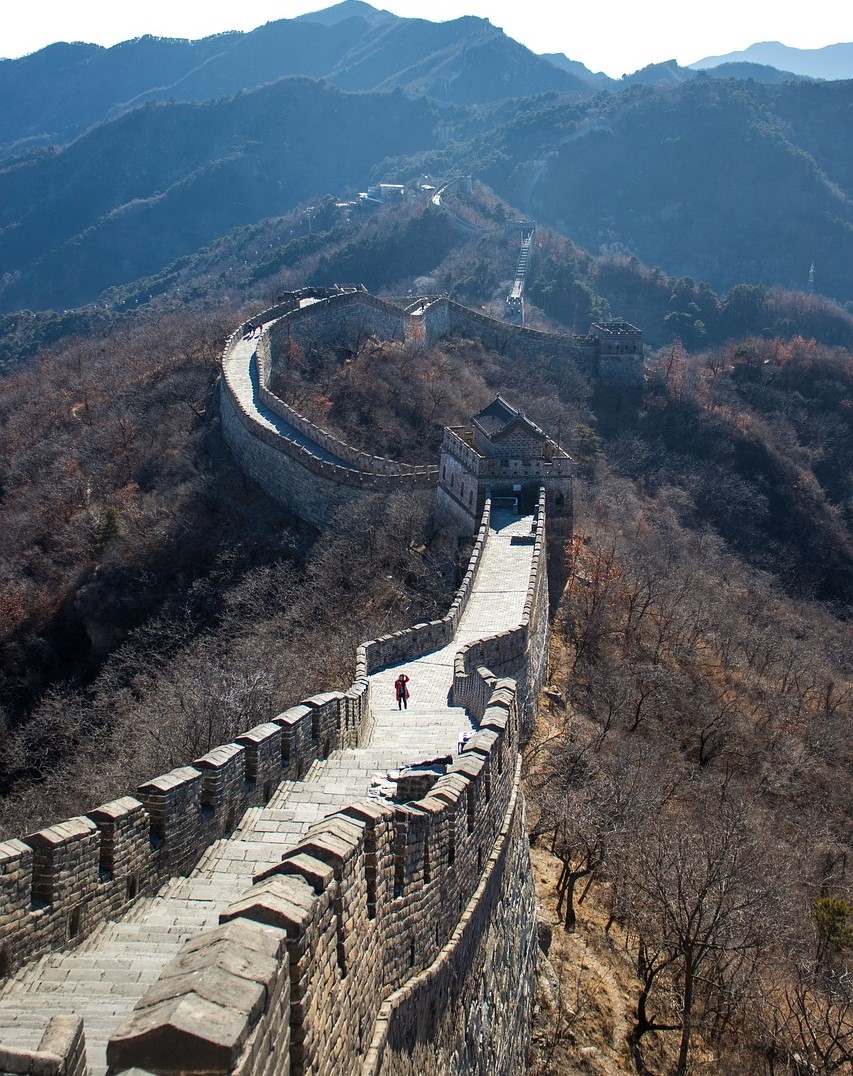Throughout history, civilizations have risen and fallen, leaving behind traces of their existence that captivate the imagination of modern-day adventurers and historians alike. From legendary Atlantis to the ancient ruins of Machu Picchu, these lost cities offer glimpses into the lives of our ancestors and the secrets they left behind. Join us on a journey through time as we uncover the stories of 10 lost cities of the world.
1.Machu Picchu (Peru): Nestled high in the Andes Mountains, Machu Picchu was once the estate of the mighty Inca Empire. Abandoned during the Spanish Conquest, this mountaintop city lay hidden for centuries until its rediscovery in 1911. Today, it serves as evidence of the remarkable ingenuity and architectural mastery of the Inca civilization.

2.Petra (Jordan): Carved into the rose-red cliffs of southern Jordan, Petra was the capital of the Nabataean Kingdom. Known for its intricate rock-cut architecture and sophisticated water management system, Petra’s secrets were unveiled to the world in the 19th century, sparking fascination and wonder among travelers.
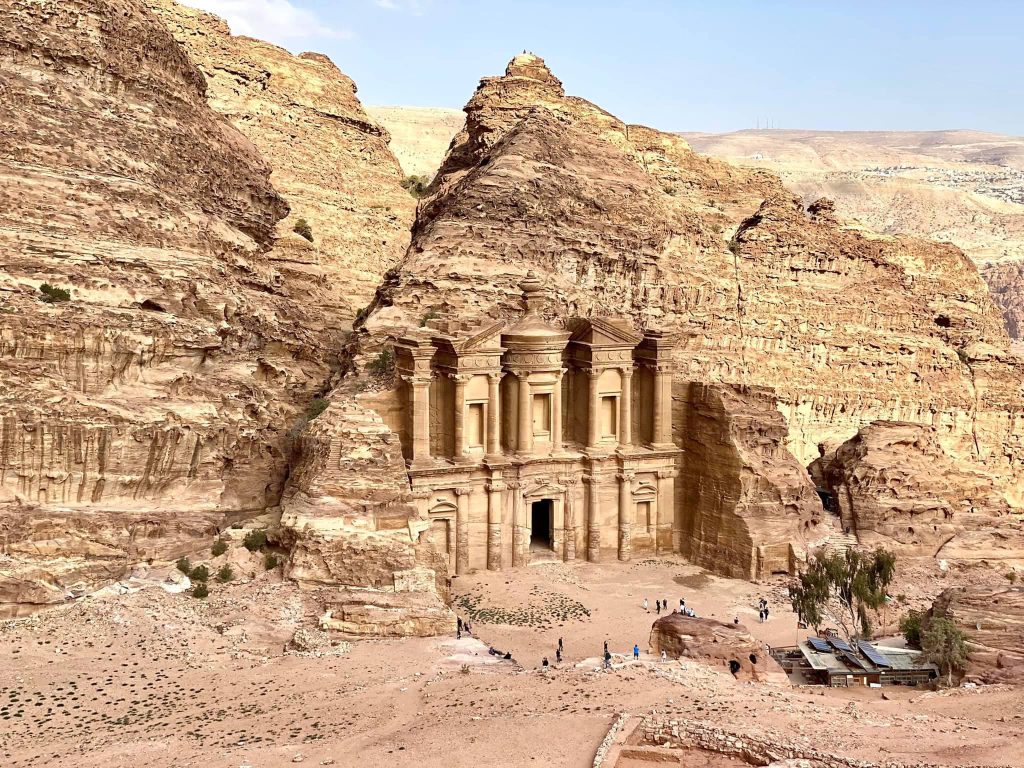
3.Atlantis (Hypothetical): The subject of countless legends and myths, Atlantis is said to have been a prosperous island civilization that met a tragic end by sinking into the depths of the Atlantic Ocean. Though its existence remains unproven, the allure of Atlantis continues to capture the imagination of scholars and dreamers alike.

4.Troy (Turkey): Immortalized in Homer’s epic poem, the Iliad, Troy was believed to be a city of myth until its ruins were unearthed by archaeologist Heinrich Schliemann in the 1870s. Located in modern-day Turkey, Troy’s discovery shed light on the ancient conflict between Greeks and Trojans.
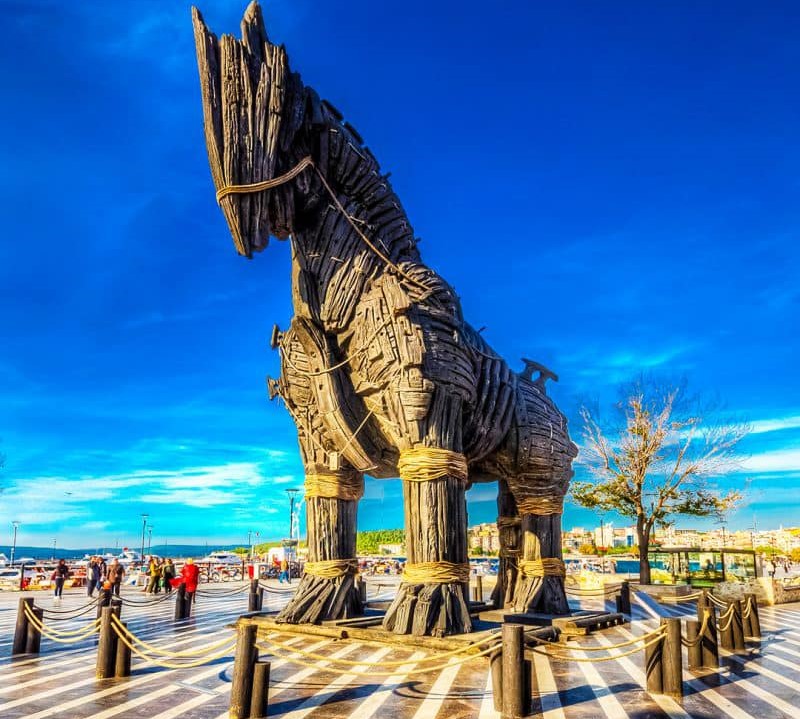
5.Pompeii (Italy): Frozen in time by the eruption of Mount Vesuvius in 79 AD, Pompeii is one of the world’s most famous archaeological sites. Excavations have revealed remarkably preserved buildings, artworks, and even the remains of its unfortunate inhabitants, offering a vivid glimpse into life in ancient Rome.
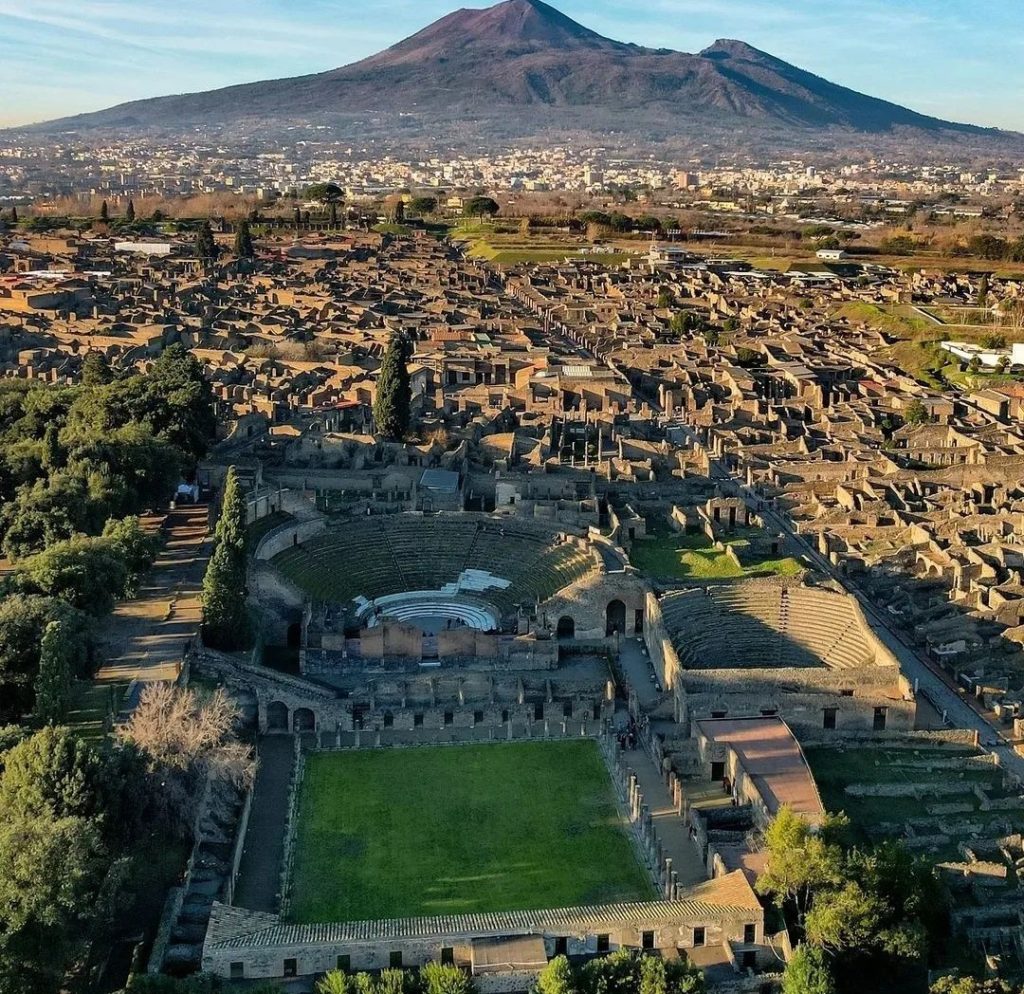
6.Khalifatabad (Bangladesh): The city formerly known as Khalifatabad, now lost to time, was founded by a Turkish general. Renowned for its rich Islamic heritage, it was adorned with over 50 Islamic monuments. Among its notable landmarks was the Sixty Pillar Mosque, distinguished by its unique architecture featuring 60 pillars and 80 domes.
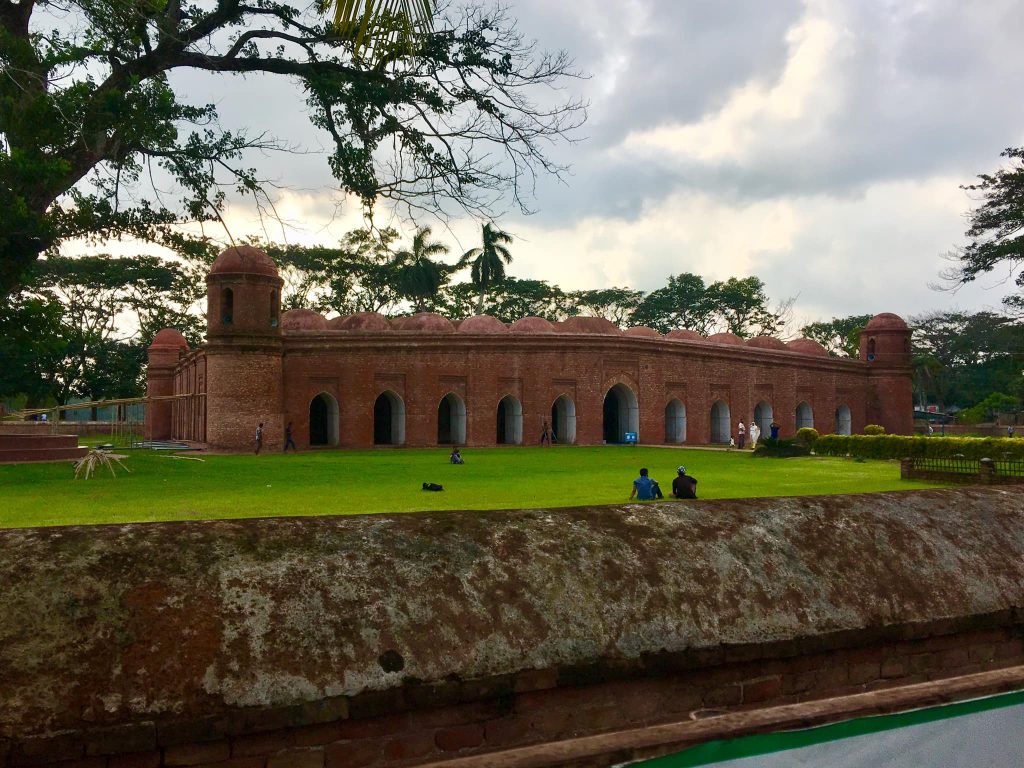
7.Angkor (Cambodia): Once the heart of the mighty Khmer Empire, Angkor was a sprawling city complex that flourished from the 9th to the 15th century. Its crowning jewel, Angkor Wat, is the largest religious monument in the world and a symbol of Cambodia’s rich cultural heritage.
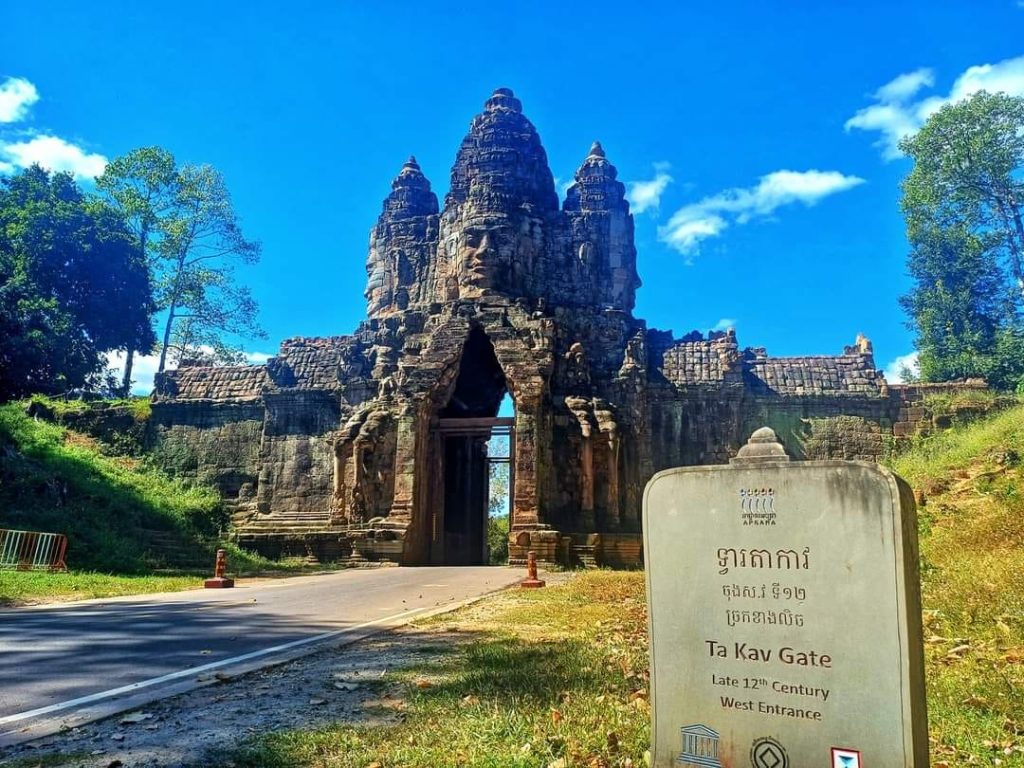
8.Great Zimbabwe (Zimbabwe): Built by the Shona people between the 11th and 15th centuries, Great Zimbabwe was a thriving center of trade and culture. Its impressive stone structures, including the iconic Great Enclosure, stand as a testament to the ingenuity of its builders.
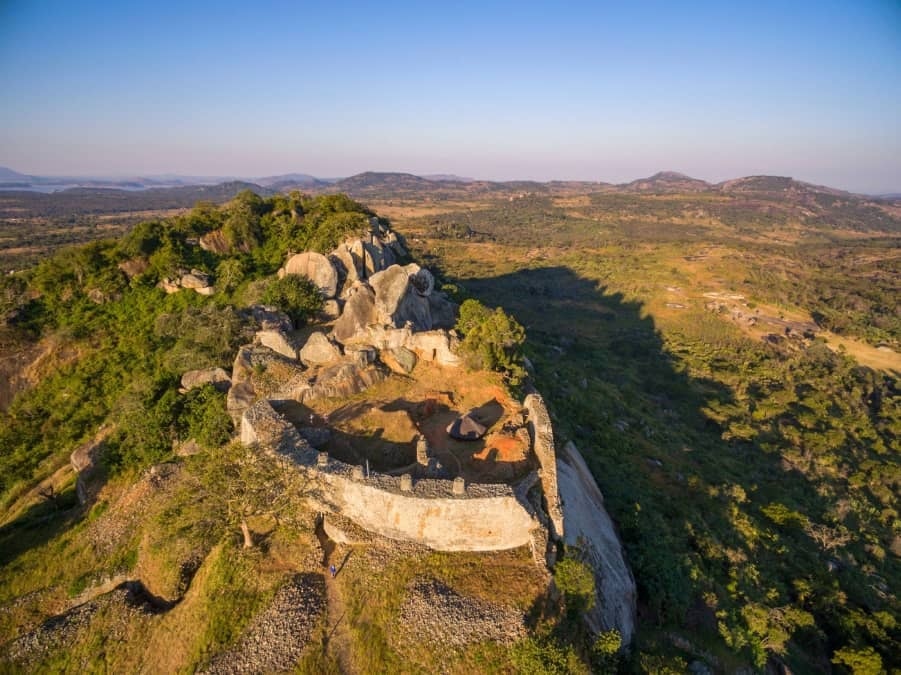
9.Herculaneum (Italy): Like Pompeii, Herculaneum was a Roman town tragically buried by the eruption of Mount Vesuvius. Excavations have revealed stunningly preserved mosaics, frescoes, and even wooden artifacts, offering a glimpse into daily life in ancient Rome.
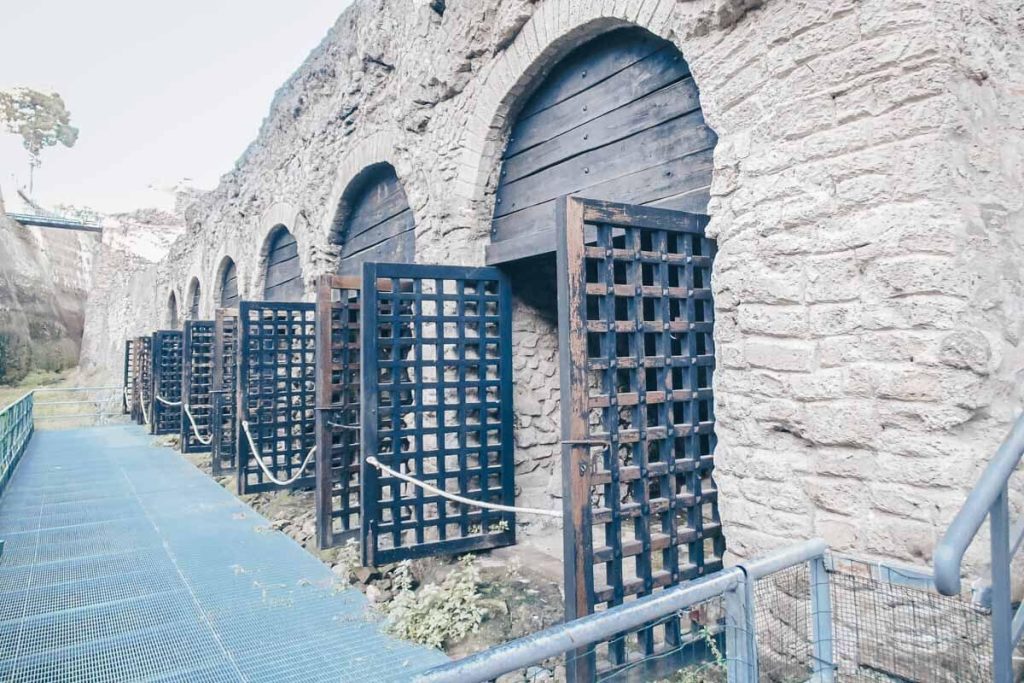
10.Cahokia (USA): Situated near present-day St. Louis, Cahokia was the largest pre-Columbian settlement in North America. Its massive earthen mounds and plazas once bustled with activity, but the city was mysteriously abandoned by the 14th century, leaving behind a legacy shrouded in mystery.
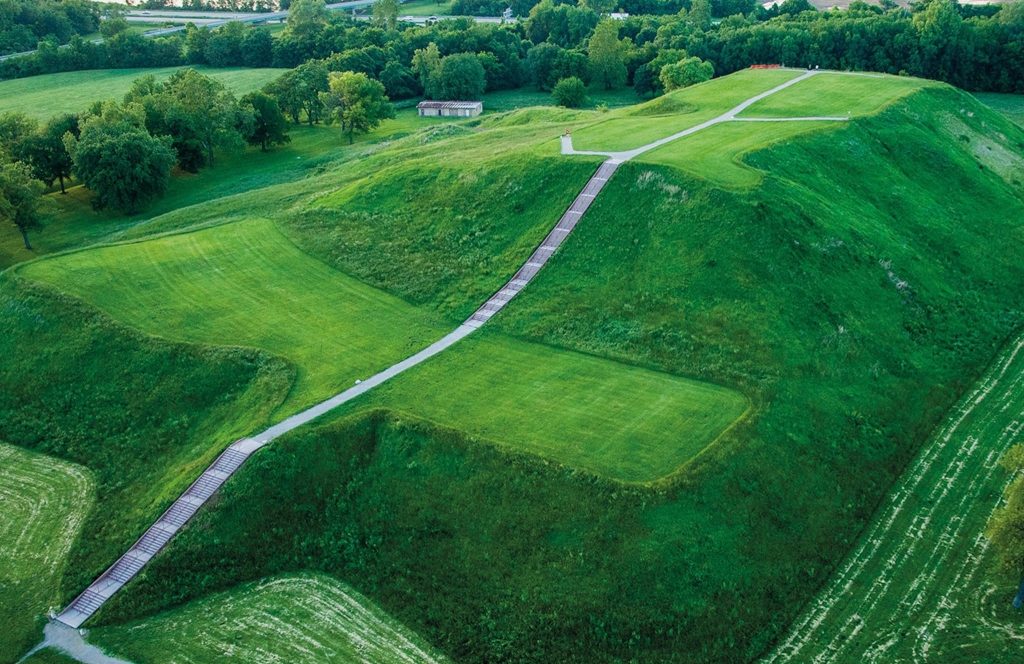
Join us as we embark on a journey of discovery to uncover the secrets of these lost cities and unlock the mysteries of the past. From the majestic ruins of Machu Picchu to the submerged streets of Herculaneum, each site offers a tantalizing glimpse into the rich tapestry of human history.

